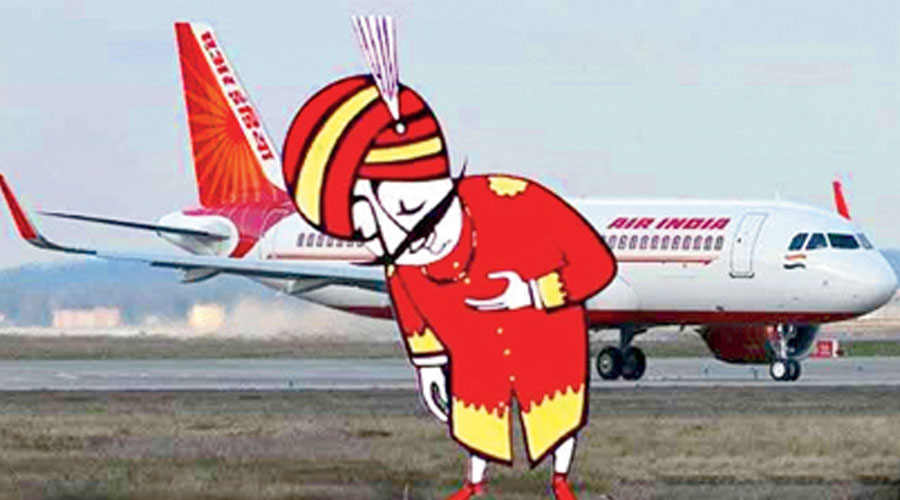Two decisions by the Union government have far-reaching policy consequences: the privatization of Air India and the corporatization of the Ordnance Factory Board. The sale of Air India is the first successful attempt to privatize a public sector unit after the Atal Bihari Vajpayee regime. We need to probe what prevented the government from running the national carrier efficiently. If we don’t learn from past mistakes, the newly-organized ordnance factories are bound to face a similar fate.
Air India started losing market share ever since the aviation sector was opened up to private entities that were allowed to sell cheaper tickets. The initial attempt to sell 40 per cent shares of the company failed during the Vajpayee regime. In 2012, the United Progressive Alliance approved a turnaround plan based on financial restructuring that provided equity infusion of Rs 30,231 crore. But this, too, failed. In 2006, the Air India Board was apparently made to buy 68 Boeing aircrafts (including 27 Dreamliners) shunning the original plan of purchasing 28 planes. Air India was unable to use these aircrafts to full capacity and come out of the debt trap. This, along with the airline’s lukewarm response to a changing market, unpunctual and arrogant employees, and lacklustre customer focus led to the loss of market share. Excessive manpower, structural rigidity and long-drawn procurement processes also harmed the PSU.
There was no lack of support from the government though. Government officers on duty were forced to travel by Air India, even if it meant taking a circuitous route, although it raised both travel expenses and travel time. They were also made to travel only by Air India under the leave travel concessions even though it meant reimbursing employees 2.8 times the normal fare. These are some unique examples of the government’s indulgence of Air India.
The problems of Air India were not unique. Business organizations under government control face similar problems. The market needs players to take instantaneous decisions. Government bodies are not suited to take quick decisions because of various checks and balances embedded in the system. This makes strategic procurement a long-drawn battle. Structural rigidities and the interplay of various stakeholders make these organizations slow to respond. Decisions are often taken on the basis of extraneous factors rather than on commercial considerations.
Ordnance factories hitherto did not work in a competitive market. Their produce was primarily consumed by the armed forces. Forty-one ordnance factories, converted to seven PSUs, will now explore the scope of commercial production. Were the armed forces dissatisfied with the supplies from the ordnance factories? Why has the ministry of defence identified non-core items — military trucks, uniforms and so on — to be purchased from the open market? Why has it asked the private sector to participate in tenders for supply of different types of ammunition, which were once the monopoly of the OFB? Did a captive market rob government-owned factories of their vitality, forcing buyers to purchase substandard items at a higher price?
If the newly-formed defence PSUs are exposed to market competition, they may meet Air India’s fate. If the government wants them to thrive, they must ensure quality products, thereby reducing the dependence of armed forces on imports. If these entities are run well, there is no reason why India cannot export arms and ammunition and develop the national economy.
Gautam Bhattacharya is a former civil servant










